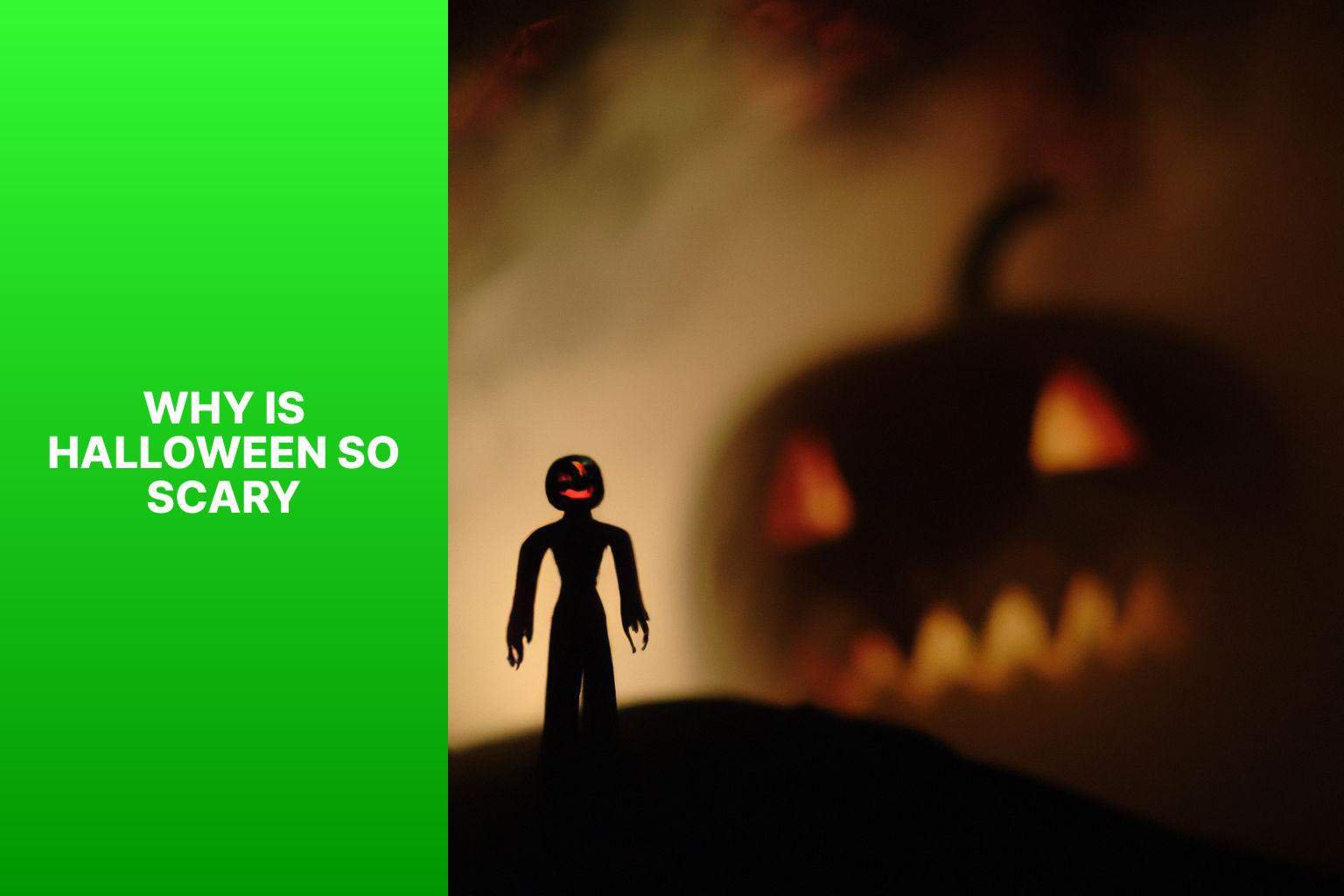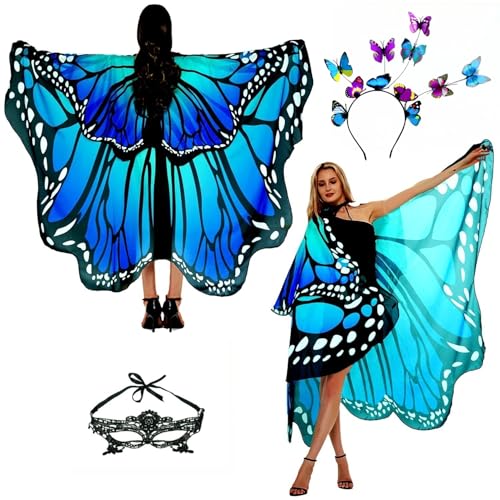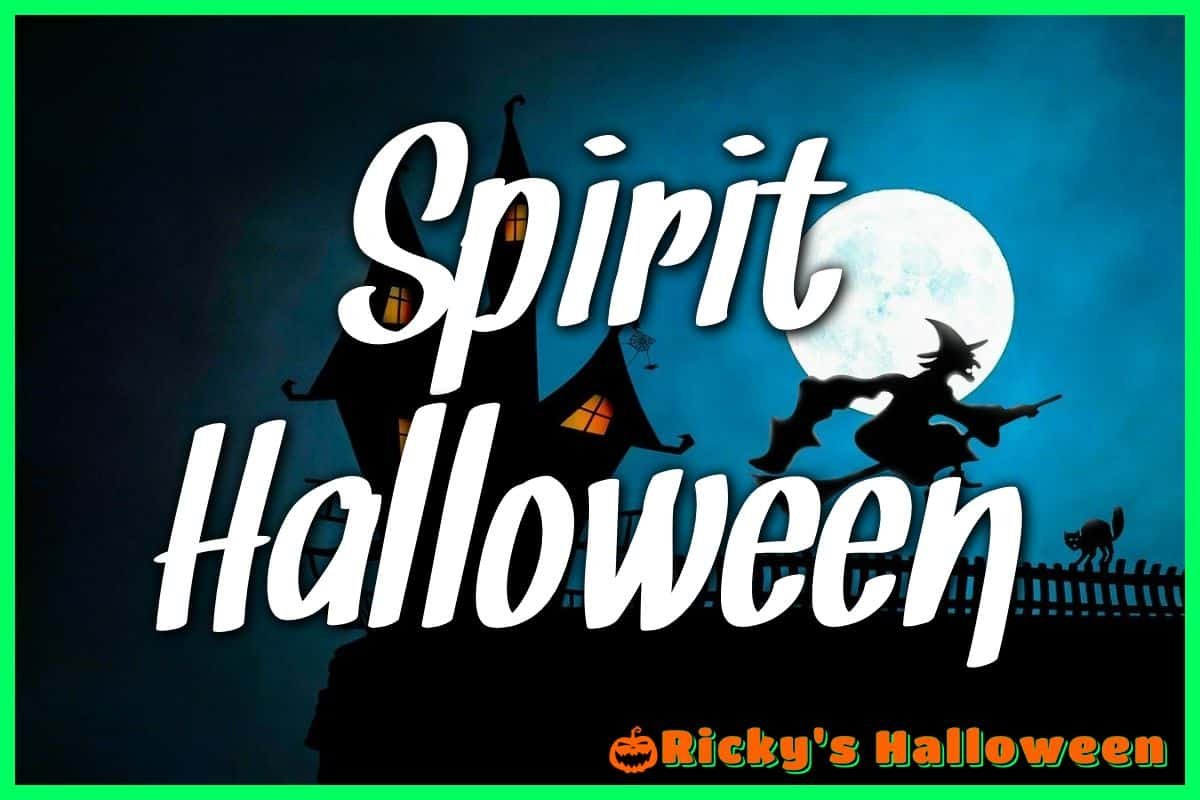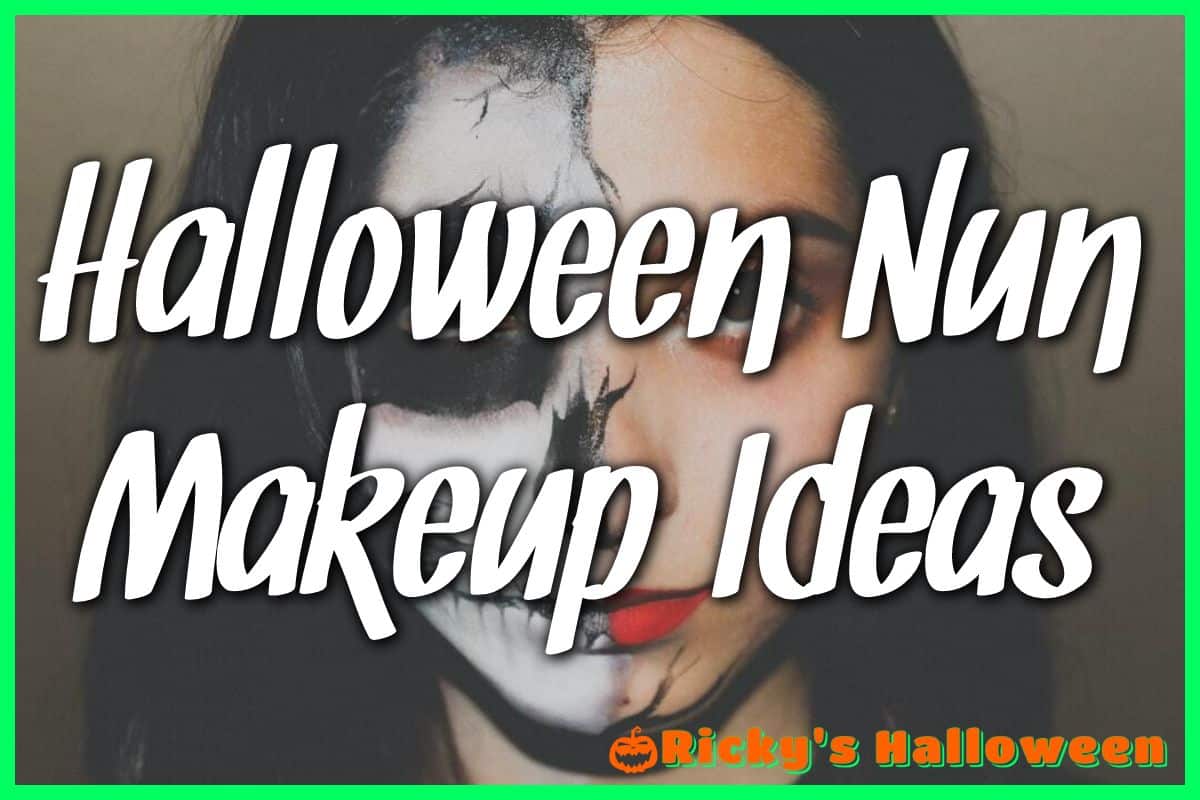Halloween is often associated with fear, spookiness, and things that go bump in the night. But have you ever wondered why Halloween is so scary? The origins of Halloween can be traced back to ancient traditions and cultural beliefs, which have evolved over time. Understanding the reasons behind this fear-filled holiday can provide insights into its symbolism and cultural significance.
The origins of Halloween can be traced back to the ancient Celtic festival of Samhain, which marked the end of the harvest season and the beginning of winter. This transition was believed to be a time when the boundary between the living and the dead was blurred, leading to an increased sense of fear and vulnerability. With the influence of Christianity, Halloween also became associated with religious observances such as All Saints’ Day and All Souls’ Day.
Symbolism plays a significant role in Halloween’s scary reputation. Death and the afterlife are common themes, as Halloween is often viewed as a time when spirits and ghosts roam the earth. supernatural beings such as witches, vampires, and monsters are prevalent symbols of Halloween, further fueling the fear factor.
Historical connections to fear can also be seen in Halloween traditions. Superstitions and folklore surrounding this time of year often involve elements of fear and caution. The historical context of witch trials and persecution adds to the association of Halloween with fear and darkness.
In modern times, Halloween has evolved into a holiday of fright and scares. Haunted houses and horror movies have become popular attractions, providing thrilling experiences for those seeking a scare. Scary costumes and makeup allow people to transform into their favorite monsters, embracing the eerie spirit of Halloween. creepy decorations and an overall ambiance of darkness and mystery create an atmosphere of fear.
The psychology of fear plays a role in our fascination with Halloween. The thrill and excitement of being frightened can be a form of entertainment and a way to experience intense emotions in a safe environment. Halloween offers a space for catharsis and release, allowing people to face their fears in a controlled setting.
Beyond the individual experience, Halloween’s cultural significance lies in the ways it encourages the confrontation of fears and the exploration of imagination and creativity. By embracing the scary and the unknown, Halloween provides an opportunity for personal growth and self-expression.
Key takeaway:
- Halloween maximizes fear: The origins, symbolism, and historical connections to fear make Halloween a scary holiday that captivates people.
- Psychology of fear: Halloween taps into our thrill-seeking nature and provides a cathartic release from our everyday fears.
- Cultural significance: Halloween encourages us to face and confront our fears while fostering imagination and creativity.
Why Is Halloween So Scary?
Halloween is scary for several reasons. Why Is Halloween So Scary?
Spooky decorations, costumes, and makeup enhance the frightful atmosphere.
Halloween is associated with supernatural beings like ghosts, witches, and monsters, adding to the fear factor.
Thirdly, scary stories and horror movies during Halloween cultivate fear and anticipation.
Additionally, surprise during activities like haunted houses or trick-or-treating can increase fear.
The darkness and eerie ambiance of Halloween night contribute to the overall scariness.
The history and cultural beliefs associated with Halloween, such as its pagan origins and associations with death and the afterlife, provide a deeper context for the fear surrounding this holiday.
The Origins of Halloween
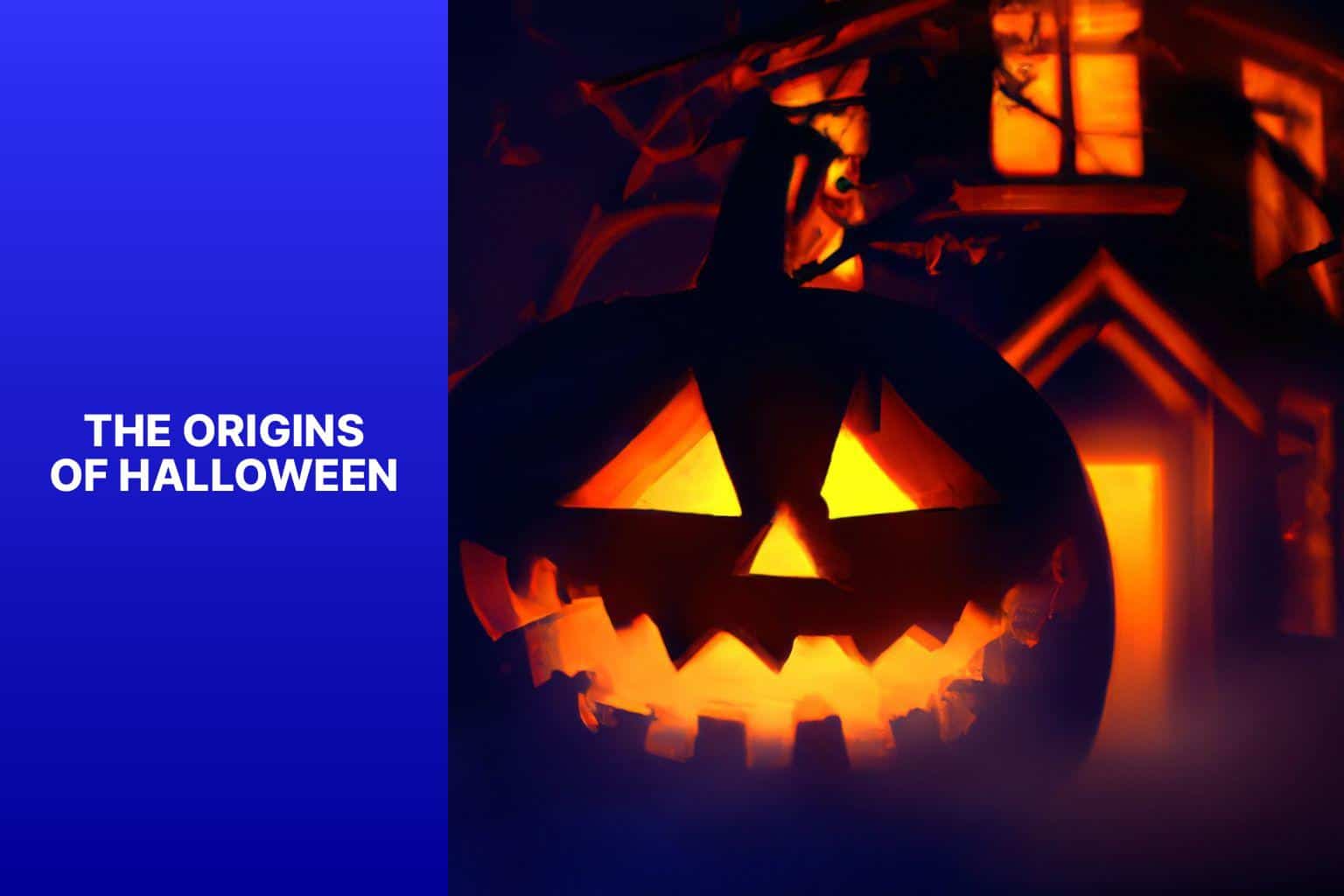
Photo Credits: Rickyshalloween.Com by Joshua Rivera
Discover the intriguing origins of Halloween in this captivating section. Unearth the historical roots and ancient traditions of this spine-chilling holiday as we immerse ourselves in the Celtic Festival of Samhain and the impact of Christian influence. Uncover the fascinating tales and rituals that have shaped Halloween into the scary celebration we know today. Prepare to be spellbound as we unravel the mysteries behind this hauntingly popular holiday.
Celtic Festival of Samhain
The Celtic Festival of Samhain marked the end of the harvest season and the beginning of winter in Celtic culture. It was a significant event with deep spiritual beliefs for the Celts. During Samhain, the boundary between the living world and the spirit world blurred, allowing the spirits of the dead to return to Earth. This led to traditions such as leaving offerings for the spirits and lighting bonfires to ward off evil spirits.
The festival also symbolized the transition from light to darkness, warmth to coldness, and life to death. It was a time of reflection and preparation for the long winter months ahead.
Many of the traditions associated with Samhain have been integrated into modern-day Halloween celebrations. Wearing costumes and going door-to-door for treats originated from the ancient practice of disguising oneself from spirits. The jack-o’-lantern, a symbol commonly associated with Halloween, came from hollowing out turnips and placing candles inside to guide the spirits.
When exploring the origins of Halloween, we can trace its roots back to the Celtic Festival of Samhain. This ancient celebration continues to influence and shape our modern-day spooky festivities as we honor the customs and traditions of our ancestors.
Christian Influence
Christian Influence significantly shaped the traditions and practices of Halloween. During the early Christian era, the Church designated November 1st as All Saints’ Day, a day to honor all saints and martyrs. This date coincided with the Celtic festival of Samhain, and the Church incorporated elements of the pagan festival into the Christian celebration. One such element was the belief in the spirits of the dead returning to Earth, which found its place in the Christian concept of souls in purgatory. The Church encouraged people to pray for these souls on All Hallow’s Eve (the night before All Saints’ Day), which eventually became known as Halloween. Christian traditions such as lighting candles in remembrance of the dead and dressing up as saints or biblical figures intertwined with pagan practices. Over time, Halloween became a blend of Christian and pagan customs, reflecting the cultural and religious influences on the holiday.
In a similar vein, a true story of Christian influence on Halloween can be seen in the tradition of trick-or-treating. In medieval Christian Europe, on All Souls’ Day, the poor would go door-to-door, offering prayers for the souls of deceased loved ones in exchange for food. This practice, known as “souling,” laid the foundation for the modern trick-or-treating tradition. Today, children dressed in costumes go from house to house, collecting candy instead of prayers. This evolution showcases the lasting impact of Christian influence on the development of Halloween customs.
The Symbolism of Halloween
Halloween, a holiday filled with spooky vibes and eerie decorations, has a deep-rooted symbolism that gives it its chilling reputation. In this section, we’ll uncover the symbolism behind Halloween and explore two fascinating aspects: death and the afterlife, as well as the realm of supernatural beings. Brace yourselves for a journey into the mystical realms where tales of mortality and otherworldly entities intertwine. Get ready to unearth the secrets and unravel the mysteries lurking within the symbolism of Halloween.
Death and the Afterlife
The idea of death and the afterlife is a fundamental aspect of the symbolism surrounding Halloween. In numerous societies, Halloween is a time when the living and the dead coexist. Halloween enables spirits and souls to freely wander among the living.
On Halloween, individuals fully embrace death and delve into the concept of the afterlife. This is demonstrated through eerie decorations, costumes portraying ghosts and skeletons, and the representation of supernatural beings associated with death, like vampires and zombies.
These symbols and traditions on Halloween serve as a platform to confront our mortality and contemplate the cycle of life and death.
The commemoration of the afterlife during Halloween offers an opportunity to recall and honor departed loved ones. Many cultures have customs similar to Dia de los Muertos, where families gather to pay homage to ancestors and create altars adorned with photographs and offerings.
Pro-tip: Embracing the theme of death and the afterlife during Halloween can be a poignant way to reflect on the cycle of life and remember loved ones who have passed away. Consider incorporating customs or rituals from different cultures to enrich your Halloween experience.
Supernatural Beings
Supernatural Beings play a significant role in Halloween folklore and traditions. They add mystery, fear, and excitement to the holiday.
– Ghosts: They are believed to be the spirits of the deceased and roam the earth during Halloween, creating an eerie atmosphere.
– Witches: They have magical powers and are known for their brooms, cauldrons, and pointed hats.
– Vampires: Known for their immortality and thirst for blood, they are often portrayed as suave and seductive creatures.
– Zombies: Reanimated corpses that seek human flesh, adding terror to Halloween events.
– Werewolves: Humans who transform into wolves or wolf-like creatures during the full moon, known for their monstrous nature.
Supernatural beings like ghosts, witches, vampires, zombies, and werewolves contribute to the fear and excitement of Halloween. They have become iconic figures of the holiday, captivating people’s imaginations.
Historical Connections to Fear
Uncover the spine-chilling historical connections to fear in our exploration of Halloween. We’ll unmask the intriguing sub-sections that shed light on superstitious beliefs, folklore, and the spine-tingling witch trials that once plagued our history. Prepare to be spellbound as we delve into the dark corners of Halloween’s past and discover the eerie events that continue to send shivers down our spines. Find out why is Halloween so scary.
Superstitions and Folklore
Superstitions and folklore play a significant role in the origins and traditions of Halloween. Throughout history, various beliefs and practices have emerged surrounding this spooky holiday. For example, in many cultures, black cats have been associated with bad luck and evil spirits. This superstition can be traced back to ancient times when black cats were believed to be witches’ familiars or bearers of misfortune. The act of carving pumpkins into lanterns originated from the Celtic festival of Samhain. It was believed that placing a lit candle inside a carved pumpkin would ward off evil spirits.
The connection between witches and Halloween has its roots in the witch trials and persecution that took place during the medieval period. It was believed that witches would gather and perform dark rituals on Halloween night. Halloween is often linked to the idea that the boundary between the living and the dead becomes blurred. It is believed that on this night, the souls of the deceased can revisit the earthly realm.
Halloween has a history of divination practices aimed at predicting the future. Activities such as bobbing for apples and using mirrors or candlelight to catch a glimpse of one’s future spouse were common superstitions during this time. When celebrating Halloween, embracing these superstitions and folklore can add to the ambiance and excitement of the holiday. Consider decorating with black cats, carving jack-o’-lanterns, dressing up as witches or ghosts, and engaging in divination activities for fun. Approach these traditions with curiosity and playfulness, appreciating the rich cultural history they represent. Wishing you a spooky and enchanting Halloween!
Witch Trials and Persecution
Witch Trials and Persecution have played a significant role in shaping the fear that is often associated with Halloween. Witch trials specifically refer to the trials and executions that took place during the 16th and 17th centuries, where individuals were accused of witchcraft. These trials were fueled by both superstition and fear, resulting in the wrongful accusation and harsh punishment of innocent people.
These trials were a direct result of the widespread belief in witchcraft and the fear of supernatural entities. The accused individuals were subjected to various forms of torture in order to extract confessions, and those who were found guilty were either hanged or burned at the stake. As a result, the trials and the fear surrounding witches became deeply ingrained in society, ultimately creating a sense of dread that is synonymous with Halloween.
Understanding the historical connection between witch trials and Halloween adds a deeper understanding of the fear and darkness that surround this holiday. It serves as a reminder of the terrible atrocities that were committed in the name of superstition, highlighting the importance of justice and tolerance.
Given the historical significance of witch trials and persecution, it is crucial to approach Halloween with sensitivity and respect. Instead of perpetuating stereotypes or promoting fear, we can use this knowledge to educate ourselves and others about empathy, understanding, and religious freedom. By doing so, Halloween can remain a holiday that fosters the celebration of creativity and imagination, while rejecting any form of harm or prejudice.
Modern Halloween Traditions

Photo Credits: Rickyshalloween.Com by Dylan Nelson
Looking for a spine-chilling Halloween experience? Look no further than modern Halloween traditions! Brace yourself for a journey into the world of haunted houses, horror movies, spine-tingling costumes, eerie makeup, and the bone-chilling ambiance created by creepy decorations. This section will immerse you in the thrills and chills of contemporary Halloween celebrations, where we’ll explore the hair-raising sub-sections of haunted houses and horror movies, scary costumes and makeup, and the eerie atmosphere that will give you goosebumps. Get ready for a Halloween like no other!
Haunted Houses and Horror Movies
Haunted houses and horror movies are essential components of Halloween traditions, contributing to the fear factor and creating an ambiance of dread and anticipation.
When it comes to haunted houses, the aim is to deliver an exhilarating and spine-chilling encounter. These establishments are adorned with eerie decorations, labyrinthine passageways, and surprising twists and turns. The ultimate goal is to establish a petrifying atmosphere that triggers both fear and excitement. Many haunted houses even employ actors dressed as ghosts, zombies, or other horrifying entities to further intensify the scare factor.
Meanwhile, horror movies also play a crucial role in Halloween customs as they provide an alarming and thrilling audiovisual experience. These films often showcase supernatural creatures, monsters, and other disturbing elements. They are renowned for their nerve-wracking suspense, sudden jolts, and psychological terror. People choose to watch horror movies to embrace the adrenaline rush, fear, and emotional release that come with confronting their fears in a controlled setting.
Both haunted houses and horror movies serve as secure outlets for individuals to indulge in the thrill of fear. They offer an opportunity to confront one’s anxieties in a controlled environment while experiencing the exhilaration and adrenaline rush. Through these experiences, people are able to explore their fascination with the macabre and fully embrace the spooky spirit that encapsulates Halloween.
Scary Costumes and Makeup
Scary costumes and makeup play a crucial role in amplifying the spookiness and excitement that surrounds Halloween. Take into consideration these essential elements:
– Design: Scary costumes take inspiration from supernatural beings such as ghosts, zombies, vampires, or witches. They often feature torn garments, eerie accessories, and pale or distorted makeup to create an unsettling effect.
– Horror and Gore: Some costumes aim to shock and frighten with elements of horror and gore. These may include fake blood, wounds, scars, and the use of prosthetics to achieve a realistic and gruesome appearance.
– Special Effects Makeup: Professional makeup artists and enthusiasts use special effects techniques to achieve terrifying looks. They may utilize prosthetics, latex, fake wounds, or intricate face and body painting to transform themselves into creepy characters.
– Creativity and Originality: Halloween is an opportunity for individuals to unleash their creativity through unique and original costume ideas. People strive to come up with innovative and terrifying concepts that make them stand out.
– Group Themes: Scary costumes are often part of group or themed costumes to create a unified and haunting atmosphere. Friends and family members coordinate their outfits to enhance the visual impact of their overall appearance.
Scary costumes and makeup allow individuals to fully immerse themselves in the spirit of Halloween, providing them with a chilling and thrilling experience as they embody their chosen characters.
Creepy Decorations and Ambiance
The history of Halloween and its connection to creepy decorations and ambiance can be traced back to ancient Celtic traditions.
The Celts believed that during Samhain, the festival marking the end of the harvest season and the beginning of winter, the boundary between the world of the living and the dead was blurred.
They would light bonfires and wear costumes to scare away evil spirits.
These traditions evolved over time, influenced by Christianity and the superstitions of witch trials.
Today, creepy decorations and ambiance continue to be an integral part of Halloween, bringing thrills and chills to both children and adults.
From dim lighting that creates a dark and mysterious atmosphere, to the addition of spider webs in corners and doorways, Halloween decor is all about enhancing the eerie ambiance.
Placing glowing eyes stickers or decorations in windows or bushes can create the illusion of being watched, while hanging ghost and skeleton decorations around the house adds a frightful element to the ambiance.
Stretching fake cobwebs across furniture or corners further adds to the haunted and abandoned look.
This combination of creepy decorations and ambiance is what makes Halloween truly spooky and enjoyable for all.
The Psychology of Fear
Delve into the intriguing realm of fear psychology as we explore the Thrill and Excitement, and Catharsis and Release in Halloween festivities. Uncover the deep-rooted reasons behind why Halloween is so spine-chillingly scary. Discover the exhilarating rush and emotional release that individuals seek during this season, backed by psychologists’ insights. Get ready to unravel the psychological complexities that make Halloween a frightfully fascinating phenomenon.
Thrill and Excitement
Thrill and excitement are the key ingredients that make Halloween so special. The combination of fear and adrenaline that comes with being scared is what makes this holiday truly exhilarating. Haunted houses and horror movies are popular attractions during Halloween, offering an adventure that is full of thrill. As you navigate through dark corridors filled with jump scares and creepy surprises, the level of excitement only intensifies. And let’s not forget about costumes and makeup, which play a significant role in adding to the thrill factor. By dressing up as scary creatures, individuals can fully embrace their darker side and experience a sense of thrilling anticipation. The eerie decorations and overall ambiance created during Halloween also contribute to the thrilling experience. Dimly lit spaces, flickering candles, and spooky music all work together to create a suspenseful atmosphere. Halloween provides a unique opportunity to face fears and temporarily escape from reality, all while enjoying an experience that is both exhilarating and entertaining.
Catharsis and Release
Catharsis and release play crucial roles in Halloween festivities. The experience of fear and fright allows individuals to liberate and let go of pent-up emotions and fears. This serves as an effective means of reducing stress and anxiety by providing a cathartic outlet for intense feelings.
When confronted with spine-chilling situations such as haunted houses or horror movies, the brain triggers the release of endorphins and dopamine, leading to a sense of exhilaration and pleasure. This feeling is akin to the excitement one experiences while riding a roller coaster or engaging in extreme sports.
By facing and conquering their fears during Halloween activities, individuals can experience a newfound sense of empowerment. Willingly subjecting oneself to scary scenarios enables the attainment of mastery over anxieties, ultimately fostering resilience and self-confidence, thereby positively impacting mental well-being.
Halloween also presents an opportunity for creative expression through the use of costumes and decorations. By exploring dark and eerie themes, individuals have the chance to tap into their imaginations and uncover different facets of their identities. This process cultivates personal growth and nurtures creativity, ultimately enhancing overall proficiency and well-being.
The Cultural Significance of Halloween Fear
Delving into the cultural significance of Halloween fear, we uncover two intriguing sub-sections. First, we explore how Halloween encourages us to face and confront our deepest fears. Then, we discover how this spooky holiday acts as a catalyst for imagination and creativity. Brace yourself as we unravel the deeper layers of Halloween’s fearsome allure, revealing the profound impact it has on our culture and psyche.
Delving into the cultural significance of Halloween fear, we uncover two intriguing sub-sections. First, we explore how Halloween encourages us to face and confront our deepest fears. Then, we discover how this spooky holiday acts as a catalyst for imagination and creativity. Brace yourself as we unravel the deeper layers of Halloween’s fearsome allure, revealing the profound impact it has on our culture and psyche.
Facing and Confronting Our Fears
Facing and confronting our fears plays a crucial role in the cultural significance of Halloween. The holiday allows us to confront our deepest fears in a safe environment. By embracing the scares and frights of Halloween, we can learn to overcome our anxieties and build resilience.
Fear is a natural human emotion, and Halloween lets us confront it directly. Venturing into a haunted house or watching a horror movie helps us understand and manage our fears. Subjecting ourselves to scary experiences tests our limits and empowers us.
Confronting our fears can also be cathartic. Facing what scares us releases adrenaline and exhilaration, benefiting our mental and emotional well-being.
Halloween encourages imagination and creativity. Through costumes, makeup, and decorations, we can embody or transform our fears in a playful way. This allows us to gain control over our fears and diminish their power.
In history, Halloween originated from the ancient Celtic festival of Samhain. This festival blurred the line between the living and the dead on October 31st, leading to the development of traditions associated with death and the supernatural. Today, Halloween continues to be a time for us to confront our fears and celebrate our ability to overcome them. If you’re wondering why Halloween is so scary, you can find more information here.
Encouraging Imagination and Creativity
Encouraging imagination and creativity is essential during Halloween. The holiday allows individuals to express their artistic abilities through costumes, decorations, and activities. By encouraging imagination, Halloween helps people explore different realms of creativity and step outside their comfort zones.
Halloween not only invites individuals to think outside the box but also sparks their imagination by bringing their favorite characters to life through costumes. Dressing up allows people to unleash their creativity and become superheroes, villains, or mythical creatures.
In addition, Halloween decorations offer a chance to create visually captivating and immersive spaces. From haunted houses to spooky yard displays, individuals can use their imagination to transform their surroundings and capture the holiday’s spirit.
Halloween-themed activities like pumpkin carving, storytelling, and arts and crafts foster imagination by requiring participants to think creatively and implement their ideas in unique ways.
Frequently Asked Questions
Why is Halloween considered scary?
Halloween is often associated with fear and scares due to its historical connections with ancient beliefs and traditions. The holiday originated from the ancient Celtic festival of Samhain, which marked the boundary between the living and the dead. During this time, people believed that the spirits of the dead could return to earth, creating an eerie atmosphere. The practice of lighting sacred bonfires and donning costumes was believed to ward off these ghosts. The traditions of Halloween, such as carving jack-o-lanterns and wearing costumes, have evolved to include spooky and supernatural elements, further contributing to the scary nature of the holiday.
How do sacred bonfires relate to Halloween?
Sacred bonfires have a significant connection to the origins of Halloween. During the ancient Celtic festival of Samhain, people would light bonfires as part of their rituals. These bonfires were believed to have a protective effect, warding off malevolent spirits and serving as a beacon for the returning souls of the dead. The tradition of lighting bonfires has continued to be associated with Halloween, adding to its mystical and eerie ambiance.
Why do people don costumes on Halloween?
The practice of donning costumes on Halloween has its roots in the ancient Celtic festival of Samhain. During this festival, people believed that the boundary between the living and the dead was blurred, making it easier for spirits and ghosts to mingle with the living. To protect themselves and confuse the spirits, people would dress in disguises and costumes, often consisting of animal skins or heads. This tradition has evolved over time, and today, dressing up in costumes is a common Halloween tradition, allowing people to embody various characters and embrace the playful and spooky spirit of the holiday.
How does Halloween relate to eating treats?
Eating treats is a significant part of modern Halloween celebrations. The tradition of giving and receiving treats on Halloween can be traced back to the ancient practice of “souling.” In this tradition, people would go door to door on All Hallows’ Eve (the precursor to Halloween) and ask for small cakes known as soul cakes. In exchange for these cakes, individuals would offer prayers for the souls of the deceased. Over time, this tradition evolved into the popular activity of trick-or-treating, where children go from house to house, dressed in costumes, and receive candies and other treats.
What role did animal skins play in Halloween traditions?
In ancient Celtic traditions, animal skins played a role in Halloween costumes. During the festival of Samhain, people would wear costumes made of animal heads and skins as a part of their rituals. These costumes were believed to have a symbolic significance and were used to connect with the spirit world and protect against malevolent entities. While the modern Halloween costumes may not involve animal skins, the tradition of dressing up on Halloween can be traced back to these ancient practices.
When will Halloween take place in 2023?
Halloween 2023 will take place on Tuesday, October 31. It is celebrated annually on the same date, i.e., October 31.
